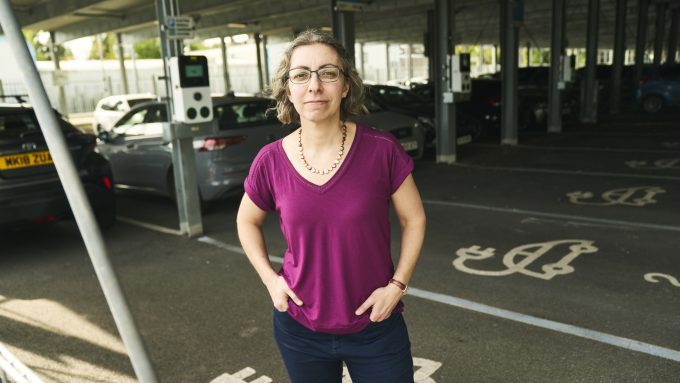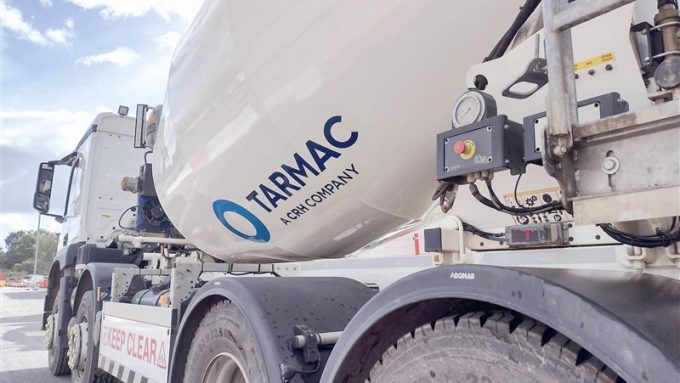
Cities are engines of national growth and centres of innovation, creativity and connectivity. Evidence shows that cities are catalysts that drive economic and social change in their regions and for their countries, typically due to the concentration of people, academic institutions, and access and application of technologies and ideas.
However, cities are increasingly facing challenges due to the increase in population and urbanisation. These challenges include environmental degradation, transition to decarbonisation and climate neutrality, mobility, affordable housing, well-being, and quality of life. Historically cities have worked outside their innovation ecosystems to identify solutions to local needs, however with the rapid increase in challenges, including the impact of the COVID-19 pandemic, it is crucial that cities embrace innovations and establish frameworks that enable the acceleration of new innovations to market.
Connected Places Catapult recognises the need for cities to innovate and adopt innovations that tackle challenges continuously. This has led to the Connected Places Catapult developing a multi-year programme, the Innovation Twins Programme, aimed at harnessing the innovation power of two similar cities to collaborate on research and innovation, technology adoption, investment, and trade to solve mutual challenges.
Connected Places Catapult successfully piloted The Innovation Twins Programme in Belfast, UK and Sejong City in Korea between September 2021 and March 2022, and this has enabled cities worldwide to understand how they can better engage with cities through the city-to-city partnerships and benefit. The Connected Places Catapult ’s ambition is to build on the success of the Belfast – Sejong Lighthouse Project and scale this programme across the UK and South Korea so that cities and regions across both countries can also experience the benefits of city-to-city collaborations.
The Innovation Twins Programme Explained
Historically cities traditionally struggle to engage with their innovation ecosystems, which is the market failure that the Connected Places Catapult has identified. Furthermore, Connected Places Catapult has identified that harnessing the innovative power of two cities and their ecosystems allows for the acceleration of ground-breaking innovations, products and services to market. Harnessing the innovative power of two cities is achieved by sharing ideas and the pooling skills to solve complex challenges.
Connected Places Catapult’s Innovation Twin Programme was designed with the vision to support long-term city-to-city collaborations in research and innovation (R&I) between the UK and Korean countries’ subnational governments to increase bilateral innovation in solutions to tackle grand challenges and foster mutual trade and investment flows and shared economic prosperity.
The Connected Places Catapult ’s Innovation Twin Programme is made up of three phases. The initial phase uses Connected Places Catapult ’s robust and proven methodology to identify similar cities and regions for pairing. The second phase focuses on creating an enabling ecosystem for cross-city collaboration in research and innovation. The final step is to demonstrate projects developed in partnership with SMEs, academia, and other stakeholders across both cities’ innovation ecosystems.
City Pairing Methodology
Connected Places Catapult and The Business of Cities have developed a practical approach to evaluate which cities are well suited to become ‘innovation twins’, considering the need for similarities in knowledge of working internationally, capacity regarding city performance and trajectory, and city projects and ambitions.
Knowledge
The methodology assesses to what extent cities have similar experiences and appetite to work internationally sustainably. This helps to differentiate cities that have a track record of visible and meaningful participation in international city networks or exchanges, have a visible plan or strategy that clearly prioritises working with other cities on innovation and technology, and clear tools to operationalise it, and have partnered for a sustained period of time with partners in the target country, either at city, regional or institutional level.
Capacity
Partner cities need to be typically similar in city size, capability, and assets and in broad demographic or industrial trends (e.g., whether they are growing or shrinking, diversifying or specialising in their economy). This will allow paired cities to feel confident in shared agendas and have confidence that the partnership will lead to useful two-way learnings. To achieve this, the toolkit assesses the extent to which cities have comparable size and position in their national system, comparable ‘whole city’ or metropolitan-level governance and direction, similar all-round city productivity, export potential and growth dynamics, and complementary economies and innovation ecosystem (institutions, enterprise, industries).
Ambition
The toolkit assesses which partner cities have complimentary projects and ambitions. Cities are currently prioritising many different agendas and innovations. Whether these are clean energy, 5G or digital public services, these projects help to galvanise their respective political and business communities, and so mounting collaborations around particular projects where there are shared activities is more likely to attract wider buy-in over the long term. The toolkit evaluates whether potential city pairs have overlap across priority innovation sectors, in terms of their current or future land opportunities (e.g., districts, testbeds, deployments), and business opportunities (e.g., growth strategies, internationalisation strategies, etc.)
Preparing for bilateral innovation
Once cities are paired the second phase begins with mobilisation where Connected Places Catapult and both cities (the “Parties”) engage with stakeholders to identify themes, and challenges. This leads to the next stage, requirement analysis, where the Parties collate data relevant to fully capturing themes and challenges. Once such data is collected, the Parties analyse the data with the sole purpose of developing measures and approaches for a bilateral approach to solving top mutual challenges. At this juncture both cities develop bespoke playbooks to define their strategies for engaging and developing their innovation ecosystems and framework for adopting innovative technologies that are accelerated from the Innovation Twin Programme.
Areas of Focus:
- Smart Cities, mobility, and enabling technologies
- Economic development and diversification
- Start-ups and SME support
- Research & Innovation (R&I) and collaboration
Following on from the previous activities, the Parties work to identify mutual areas of focus and define the scope of the Pilot. Upon determining the Pilot’s scope, outcome, deliverables, and milestones, both cities proceed to Pilot Implementation, where they launch a Challenge Call to their relative innovation ecosystems to recruit pilot participants. This allows universities, SMEs and large organisations to respond to the call with innovative solutions to the challenge. Once responses are collated, both cities shortlist the best respondents to participate in the trial. Participants undergo a customised upskilling programme to ensure that they have the knowledge and capability to develop solutions that meet the requirements of the call and negotiate the solution adoption process.
The cities then proceed to pilot trials where participants develop, test and validate potential solutions to the challenges outlined in the Challenge Call. This phase ends with a showcase day where successful applicants demonstrate and pitch their solutions to cities, the investment community and wider stakeholders. Also, outcomes and benefits of the pilot trials are disseminated to the broader public to raise awareness and increase user acceptance.
Underpinning these activities is the monitoring and evaluation framework established and implemented at the programme's start to ensure that clear long-term outcomes are defined. The Parties typically use theory of change and logic model methodologies to identify metrics and relevant data to measure through the phase. In addition, the Connected Places Catapult will work with both cities to assess data collected and highlight the potential impact for both cities.
To learn more about the city pairing methodology and the findings of the UK-South Korea Innovation Twins project - evidence gathering stage, download the report here.
Download Report (South Korean Translation)
Case Study: Belfast and Sejong Lighthouse project
To find out more about the project, you can watch our launch webinar that took place below.
Contact
If your city or region is interested in taking part in a similar programme and would like to partner with us, please contact our team at global@cp.catapult.org.uk





